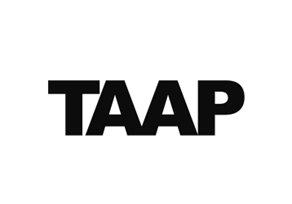ScotlandIS member, TAAP, discusses green coding in their latest blog post, and how it can transform sustainability and efficiency of future IT infrastructures.
In an era where sustainability is becoming a critical focus, the concept of “green code” has emerged as a pivotal aspect of environmentally responsible software development. Green coding refers to the practice of writing software that minimises energy consumption and reduces carbon emissions, thereby contributing to a sustainable future.
The Importance of Green Coding
Green coding aims to streamline code to make it more efficient, reducing the resources needed for execution. This lowers energy consumption and extends the lifespan of hardware, reducing electronic waste. Efficient coding practices can significantly cut down on cooling requirements for servers, minimise the need for frequent hardware upgrades, and enhance the overall sustainability of IT infrastructure.
Implementing Green Coding Practices
- Lean Coding: Focus on reducing code bloat by eliminating unnecessary code and optimising algorithms. This reduces processing power and, consequently, energy usage.
- Energy-Efficient Algorithms: Employ algorithms that perform tasks with minimal processing, reducing computation time and energy use.
- Green Testing: Implement testing procedures considering energy consumption, utilising energy-efficient testing environments and tools.
- Optimised Mobile Applications: Develop energy-efficient mobile applications which prolong battery life and reduce the energy required for charging.
- Utilising Tools and Frameworks: Tools like GreenFrame, EcoGrader, and Google’s Lighthouse help developers estimate and improve the energy efficiency of their applications.
Machine-Generated Code and Sustainability
Machine-generated code, produced by AI and machine learning models, presents unique opportunities for sustainability. This type of code can be optimised for energy efficiency and resource utilisation from the outset. By leveraging AI, developers can automate the generation of efficient algorithms, reducing the time and energy spent on manual coding and optimisation processes. Additionally, machine learning models can analyse and refactor existing codebases to identify inefficiencies and suggest improvements, further contributing to reducing energy consumption.
Green Code and AI App Builder
At TAAP, we integrate sustainable practices into our AI App Builder platform, ensuring that the applications developed are innovative and environmentally friendly. By leveraging our platform, developers can create applications that feed into green coding principles, thus supporting technological advancement and sustainability. Our AI-driven approach helps generate optimised code, ensuring that the solutions built are as efficient as possible, reducing both the carbon footprint and the operational costs associated with running software.
Green coding is not just a trend but a necessary evolution in software development. By adopting green coding practices, including the use of machine-generated code, we can make a substantial impact on reducing the environmental footprint of our digital world.

